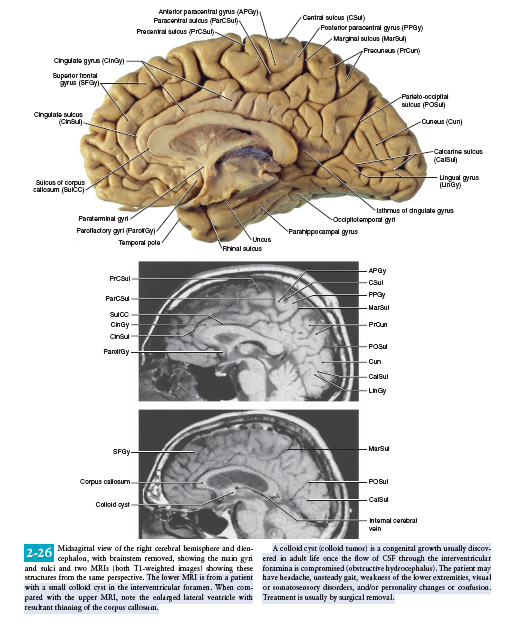HIP BONE
The adult os coxae, or hip bone, is formed by the fusion of the ilium, the ischium, and the pubis, which occurs by the end of the teenage years. The 2 hip bones form the bony pelvis, along with the sacrum and the coccyx, and are united anteriorly by the pubic symphysis. Hip joints, anterior view.
Lumbar vertebrae
Lumbar vertebrae provide attachment points for numerous muscles: erector spinae, interspinales, intertransversarii, latissimus dorsi, rotatores, and serratus posterior inferior.
MUSCLES ATTACHMENT OF ARTICULATED FOOT
he joints between the tarsal bones of the foot are known as the intertarsal joints. The specific intertarsal joints of the foot include the subtalar joint, talocalcaneonavicular joint, calcaneocuboid joint, cuneonavicular joint, cuboideonavicular joint, and the intercuneiform joint.
ATTACHMENT OF MUSCLES OF ARTICULATED OF HAND
The intrinsic muscles of the hand contain the origin and insertions within the carpal and metacarpal bones. The extrinsic muscles of the hand originate outside the hand, commonly the forearm, and insert into hand structures. A rule of thumb is that any muscle tendon that crosses a joint will act on that joint.
ARTICULATED HAND
Three of the bones in the proximal row articulate with the radius forming the radiocarpal joint and distally with the distal carpal forming the midcarpal joint. The four carpal bones in the distal row articulate with the bases of the five metacarpal bones forming the carpometacarpal joints.
Calcaneus bone
ften called heel, the calcaneus is a large and strong bone that forms the back of the foot and transfers most of the body weight from the lower extremity to the ground. It is the largest of the seven articulating bones that make up the tarsus.
PELVIS
here are three bones of the pelvis: the hip bone, sacrum and coccyx. These bones connect the axial skeleton to the lower limbs, and therefore play a role in bearing the weight of the upper body. These bones also act as attachments for many muscles and ligaments within the pelvis and lower limbs.


